#OTD sometime in October of 1921 Texas Ranger Frank Hamer killed Mexican revolutionary and outlaw Rafael “Red” Lopez. His death marked the end of a years long tale that law enforcement would only fully come to understand in the early 2000s.
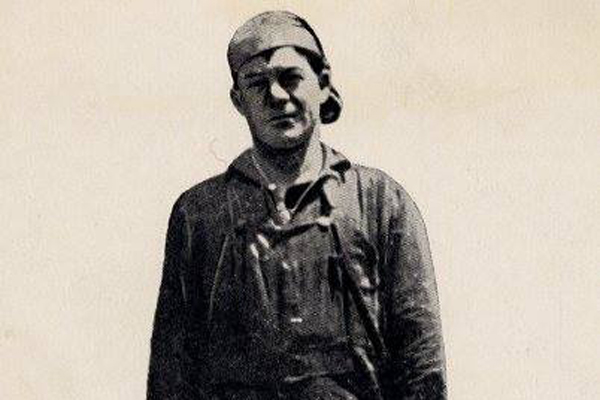
Little is known of Lopez’s early life, but in 1912 he was probably in his late teens and worked as a miner in Bingham Canyon, Utah. According to popular accounts he became a wanted man after allegedly killing another Mexican man.
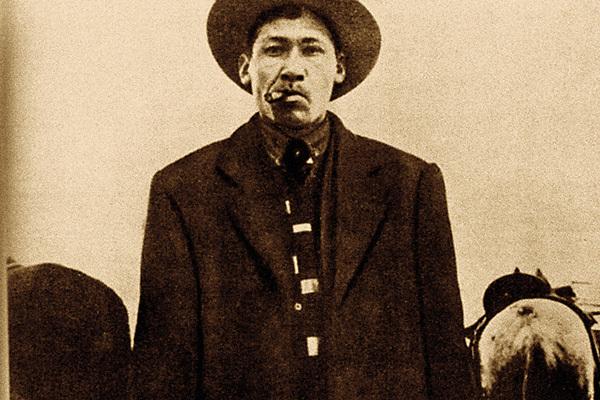
But some sources show that Lopez was himself the victim of police abuse. For example, the “eyewitness” account “Utah’s Greatest Manhunt” tells of how Lopez aided Mexican women who were being accosted by other miners. When police arrived they arrested him, not the aggressors.
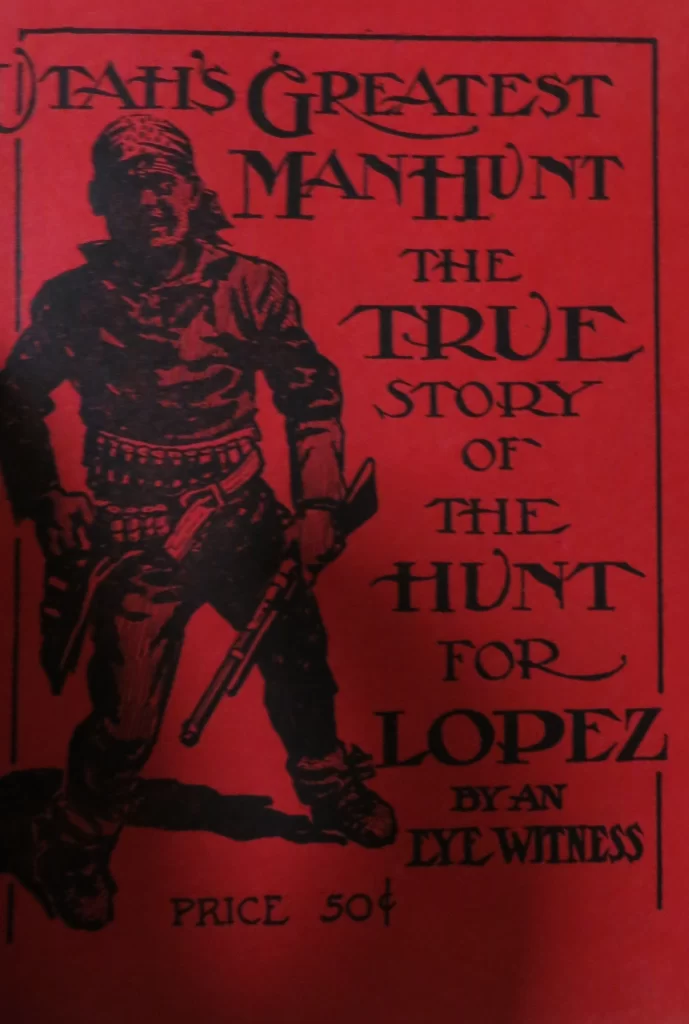
That story also shows that police continued to harass Lopez, that he was arrested for “trivial things,” and that Salt Lake County deputy sheriff Julius Sorenson tried to show Lopez that he was the “law and it was no use for him to try to even get justice.”
Lopez grew weary of this treatment and told Deputy Sorenson that if he “ever interfered with him again or tried to arrest him that he would kill him or anyone with him.” When Sorenson continued his harassment, Lopez fulfilled that promise.
Sorenson, Bingham Chief Marshal John Grant, and deputies George Witbeck and Nephi Jensen attempted to arrest Lopez in Nov 1913. He fled, the officers gave chase, and Lopez opened fire from a distance. He killed Grant, Witbeck, and Jensen. Only Sorenson survived the encounter.
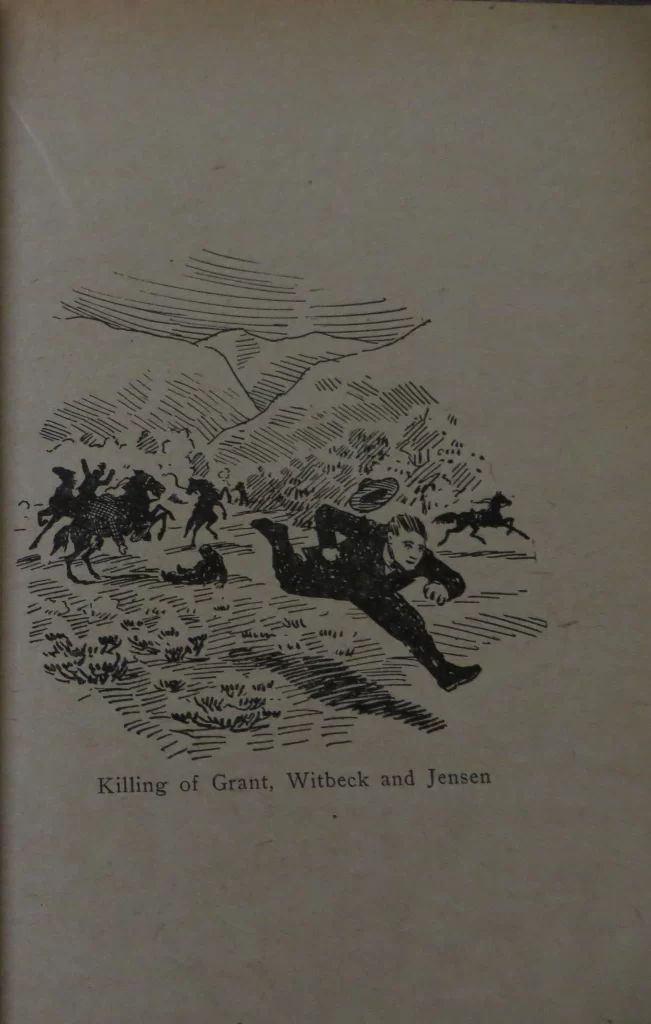
A huge 200-person posse formed to track Lopez, who was now simply viewed as a “bandit.” On the tenth day of the manhunt, Lopez took refuge in a mine. Now the search became more daunting as he could be anywhere underground.
Posse members attempted to flush Lopez out of the mines by starting several fires. This only hindered their search and they never located him. Law enforcement eventually decided he had died in the mines. His body was never located nor recovered.
Lopez did not die in the mine. Instead he escaped and fled to Texas, became Red Lopez, participated in the Mexican Revolution, likely fighting with the forces of Pancho Villa. He also engaged in banditry, contributing to his legacy as an outlaw.
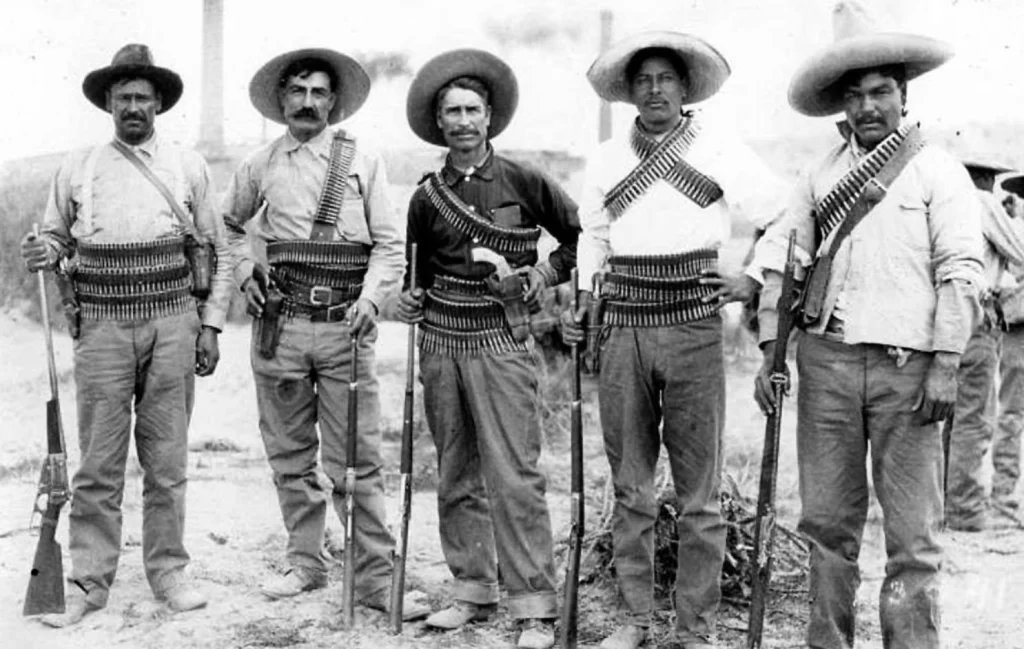
By the early 1920s the Texas Rangers had had several encounters with Lopez, failing to apprehend him. Ranger Frank Hamer learned in late Sept or early Oct 1921 that Lopez was scheduled to meet with some compatriots near El Paso.
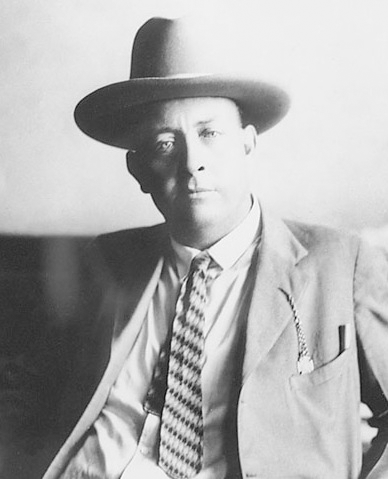
Hamer and several other Rangers ambushed this gathering of about 20 Mexicans. Lopez managed to shoot Hamer, the bullet grazed his cheek. Hamer then shot and killed him. A dozen Mexicans died in this shooting.
Hamer killed Red Lopez, but no one seemed to know or acknowledge that Red Lopez was Rafael Lopez. In the 1990s Salt Lake County deputy sheriff Randy Lish began investigating the case after reading Hamer’s autobiography.
Lish noticed similarities between the Texas Lopez and the Utah Lopez. He concluded that the two men were the same. In 2003 the state agreed and Utah closed the case, thus ending Utah’s greatest manhunt.
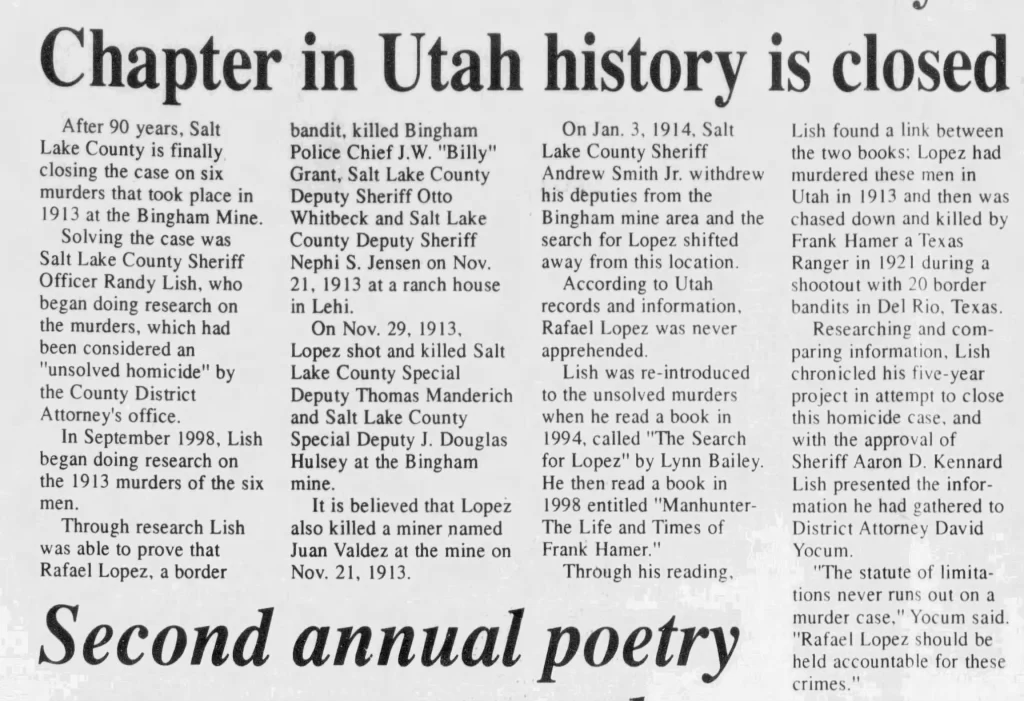
Because Lopez was labeled as a “bandit,” Hamer and the other Rangers could easily escape any kind of sanction or punishment for his death. Instead Hamer need only report that he had killed some “bandits,” as Rangers so often had in the previous decade.
The key source for this thread is @HistoryBrian’s Borders of Violence and Justice.
